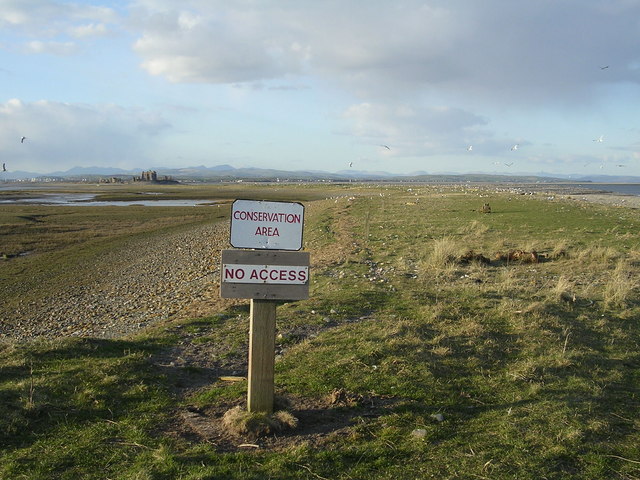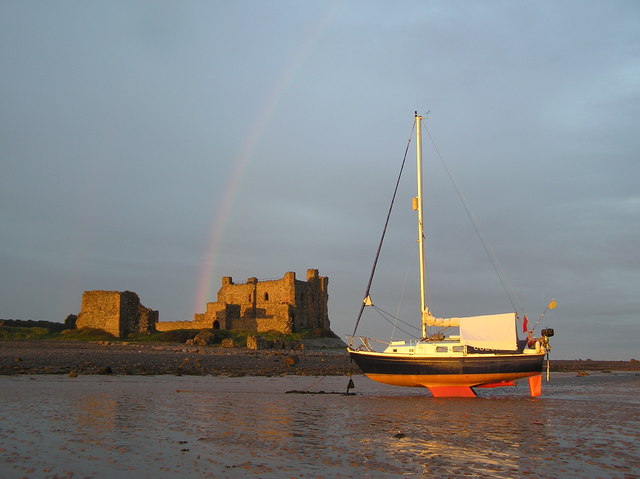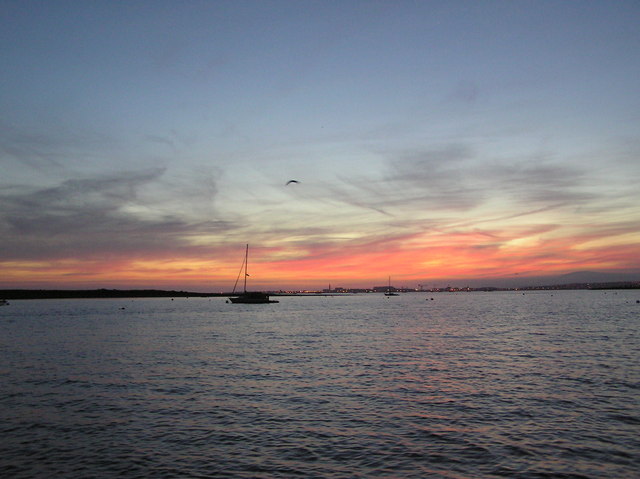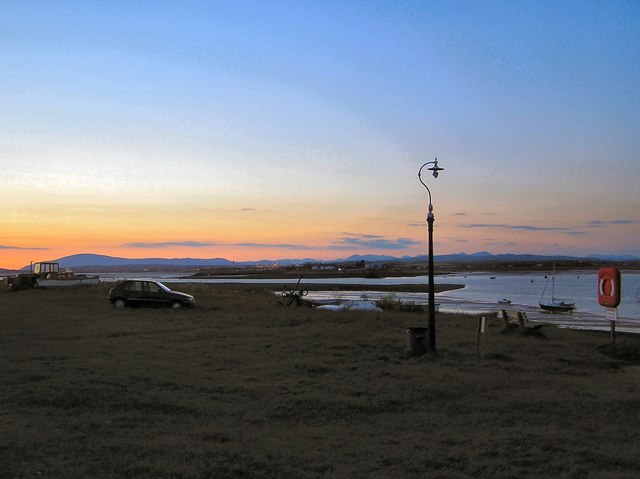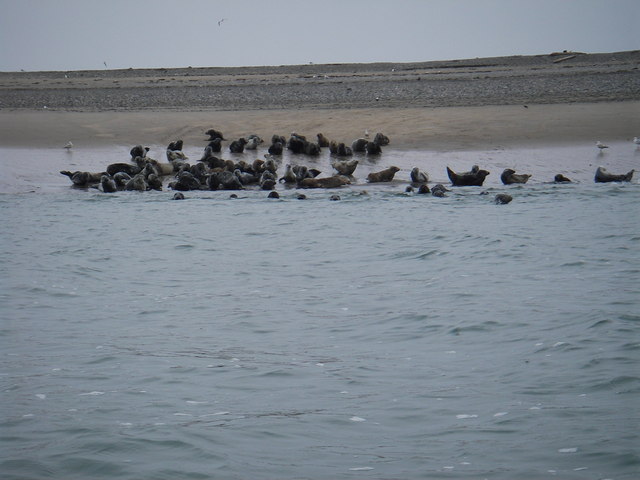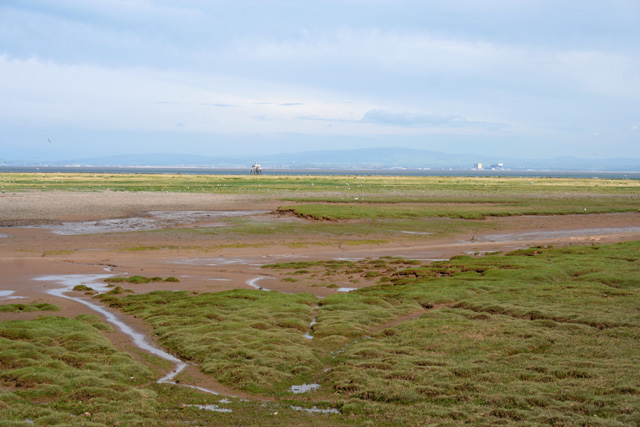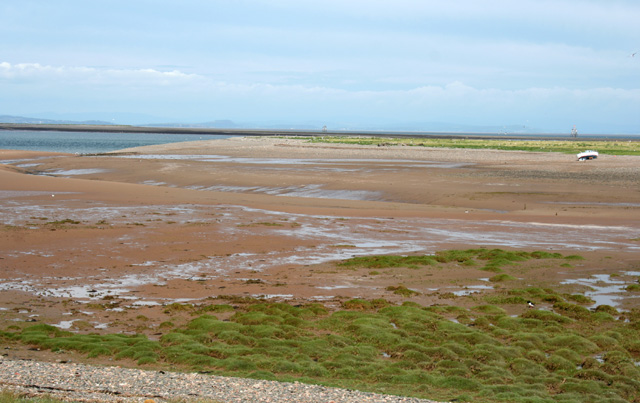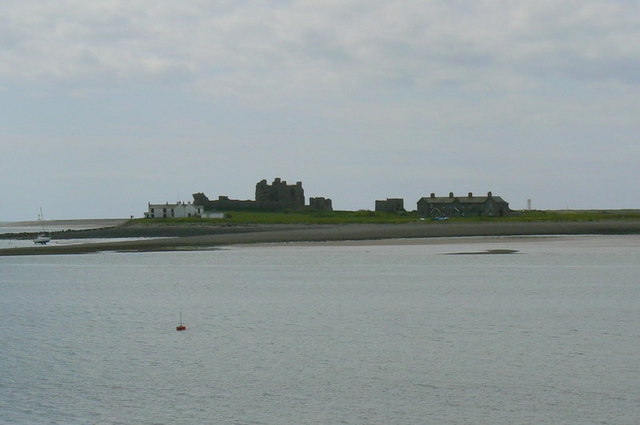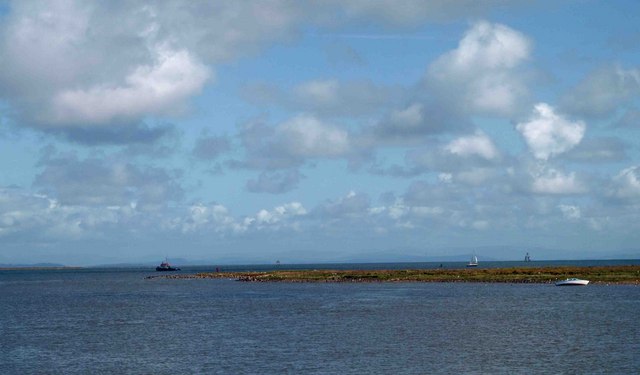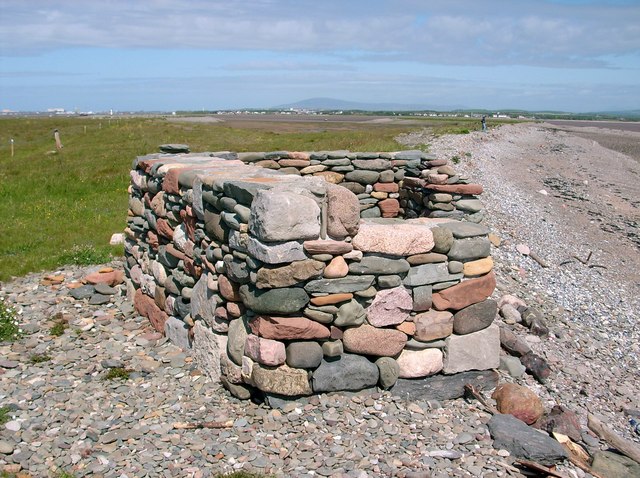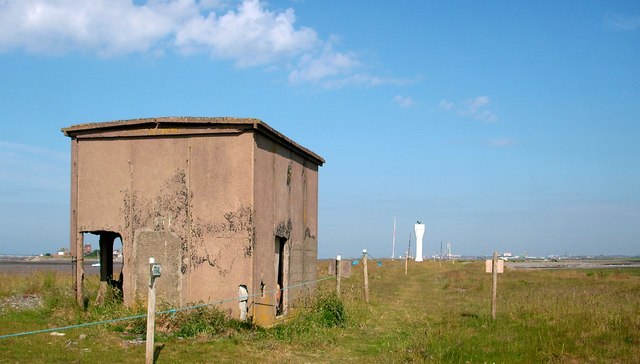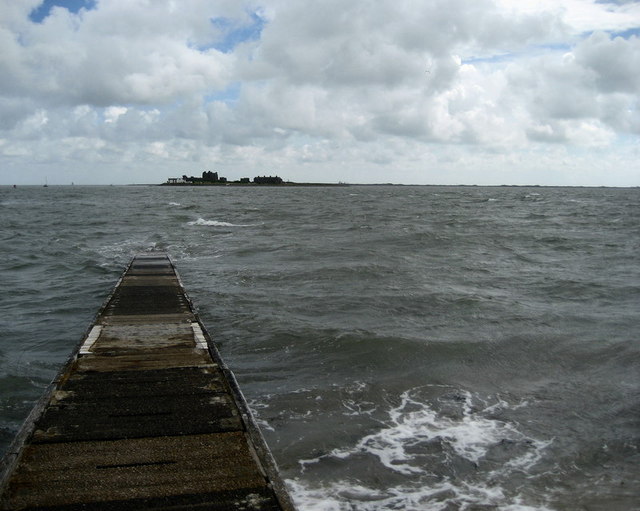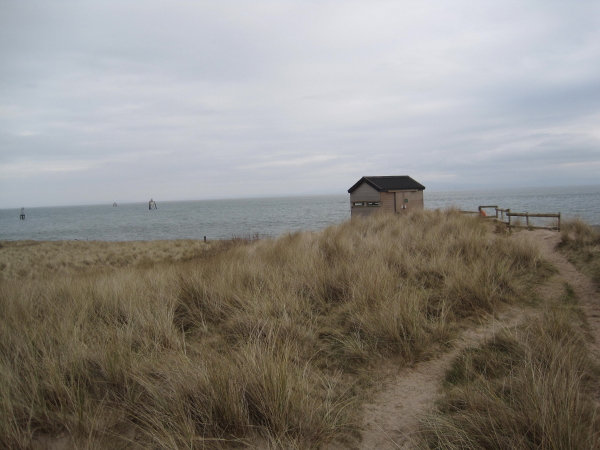Foulney Twist
Coastal Marsh, Saltings in Lancashire Barrow-in-Furness
England
Foulney Twist
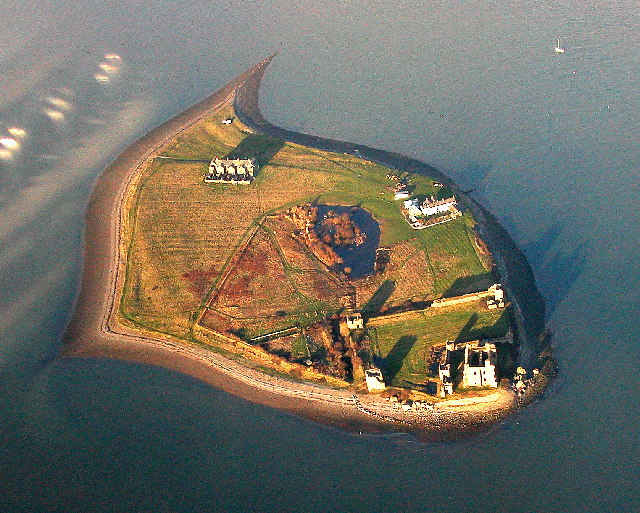
Foulney Twist is a small coastal marsh located in the county of Lancashire, England. It is situated on the southern edge of Morecambe Bay, just off the coast of the town of Barrow-in-Furness. The marsh is known for its unique landscape of saltings, which are areas of low-lying land near the coast that are regularly flooded by the tides.
The marsh is approximately 50 acres in size and is characterized by its flat and open terrain. It is covered in a variety of salt-tolerant grasses and plants, such as sea lavender and samphire, which thrive in the brackish conditions. These plants provide important habitats and food sources for a range of bird species, including waders like redshanks and curlews, as well as ducks and geese.
Foulney Twist is also home to a number of other wildlife species, including small mammals like voles and shrews, as well as reptiles such as adders and common lizards. The marsh is considered an important site for nature conservation and has been designated as a Site of Special Scientific Interest (SSSI) due to its ecological value.
In addition to its natural significance, Foulney Twist has historical importance as well. The area has been used for salt production since medieval times, with evidence of salt pans and extraction pits still visible today.
Overall, Foulney Twist is a unique and ecologically rich coastal marsh, providing vital habitats for a range of plant and animal species.
If you have any feedback on the listing, please let us know in the comments section below.
Foulney Twist Images
Images are sourced within 2km of 54.057882/-3.150346 or Grid Reference SD2463. Thanks to Geograph Open Source API. All images are credited.
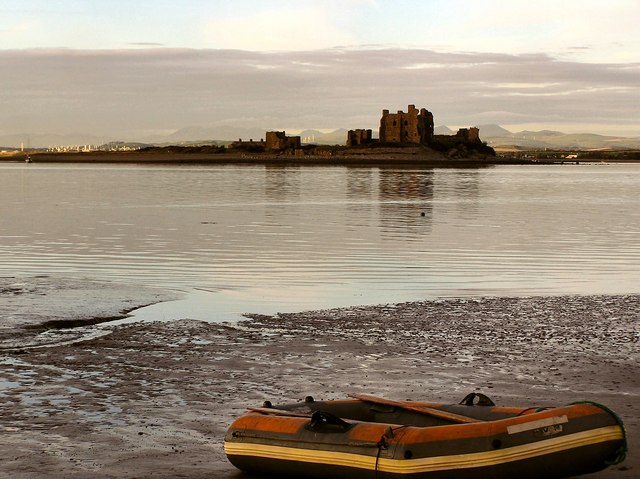
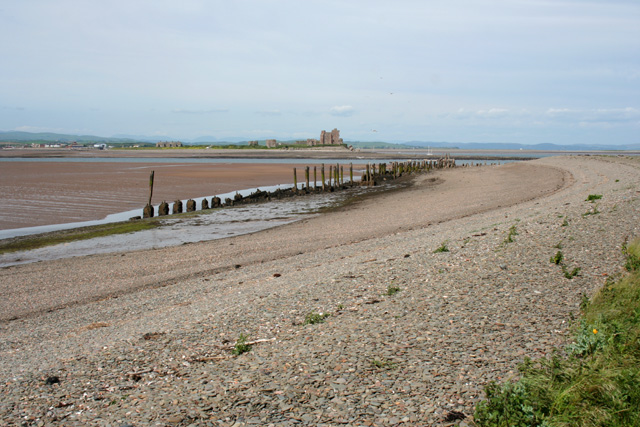
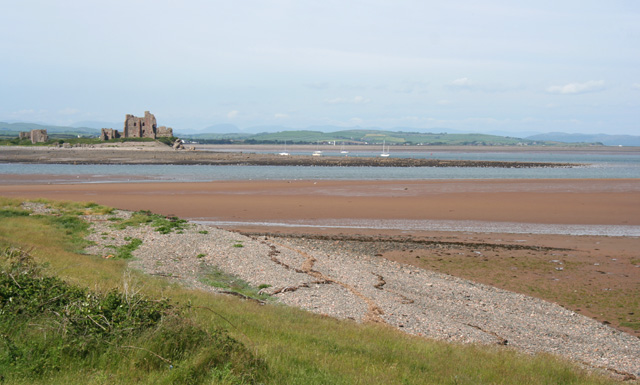
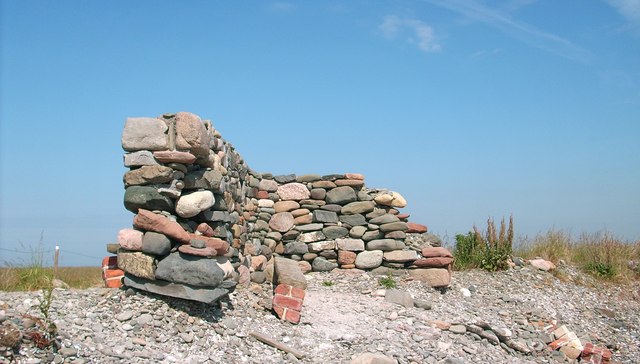
Foulney Twist is located at Grid Ref: SD2463 (Lat: 54.057882, Lng: -3.150346)
Administrative County: Cumbria
District: Barrow-in-Furness
Police Authority: Cumbria
What 3 Words
///dizziness.sandpaper.sensibly. Near Barrow in Furness, Cumbria
Nearby Locations
Related Wikis
Foulney Island
Foulney Island is a low-lying grass and shingle area 1 mile (1.6 km) to the south-east of Roa Island, off the southern tip of the Furness Peninsula in...
Piel Castle
Piel Castle, also known as Fouldry Castle or the Pile of Fouldray, is a castle situated on the south-eastern point of Piel Island, off the coast of the...
Piel Island
Piel Island lies in Morecambe Bay , around 1⁄2 mile (800 metres) off the southern tip of the Furness peninsula in the administrative county of Cumbria...
Walney Lighthouse
Walney Lighthouse is a functioning lighthouse located on Walney Island in Barrow-in-Furness, Cumbria, England. The current building dates to the early...
Roa Island
Roa Island lies just over half a mile (1 km) south of the village of Rampside at the southernmost point of the Furness Peninsula in Westmorland and Furness...
Piel railway station
Piel railway station was the terminus of the Furness Railway's Piel Branch in Barrow-in-Furness, England that operated between 1846 and 1936. Located on...
Rampside
Rampside is a village in Cumbria, England. Historically in Lancashire, it is located a few miles south-east of the town of Barrow-in-Furness, in the north...
Rampside Leading Light
Rampside Leading Light, also known as "The Needle", is a leading light (navigation beacon) located in the Rampside area of Barrow-in-Furness, Cumbria,...
Have you been to Foulney Twist?
Leave your review of Foulney Twist below (or comments, questions and feedback).
